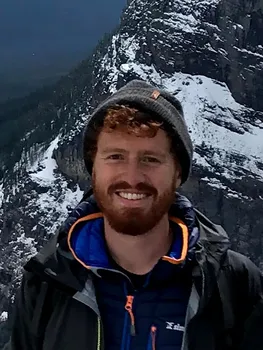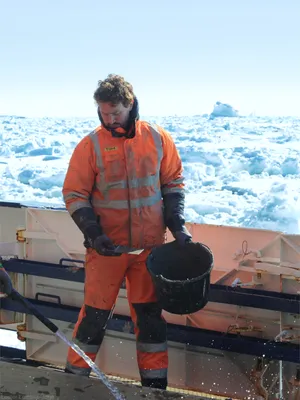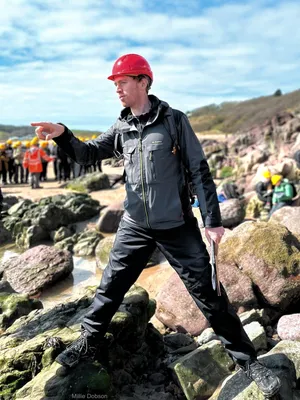Laser ablation geochemistry for palaeoclimate
What can trace amounts of elements and isotopes in organic and inorganic materials tell us about processes and environmental conditions in the past?
What can that tell us about our present and future climate?

My current research focuses on optimising the use of laser ablation mass spectrometry methods to measure trace elements in the calcium carbonate skeletons of reef-building corals.
The data I collect can be used to reconstruct past sea surface temperatures beyond the instrumental record, providing important context for understanding current and future climate change.
More: Publications — biography (CV).

Antarctic expedition
The highlight of my scientific adventures so far was sailing as a micropalaeontologist on a marine geology expedition on the German research icebreaker Polarstern. Read a series of letters I wrote documenting the two months I spent on the East Antarctic coast here.
Photo shows me engaged in the glamorous job of "deck monkey", clearing mud off the deck (though with a nice view).

Teaching & outreach
I've helped deliver practical sessions covering palaeoceanography, ocean biogeochemistry, geological mapping, statistics, spectral analysis, R and MATLAB, and field courses (my favourite) on the Jurassic Coast and in Pembrokeshire.
I've also talked about ocean temperature at the Southampton Science and Engineering Festival, and given a talk on my Antarctic research at the Pint of Science festival in Southampton.